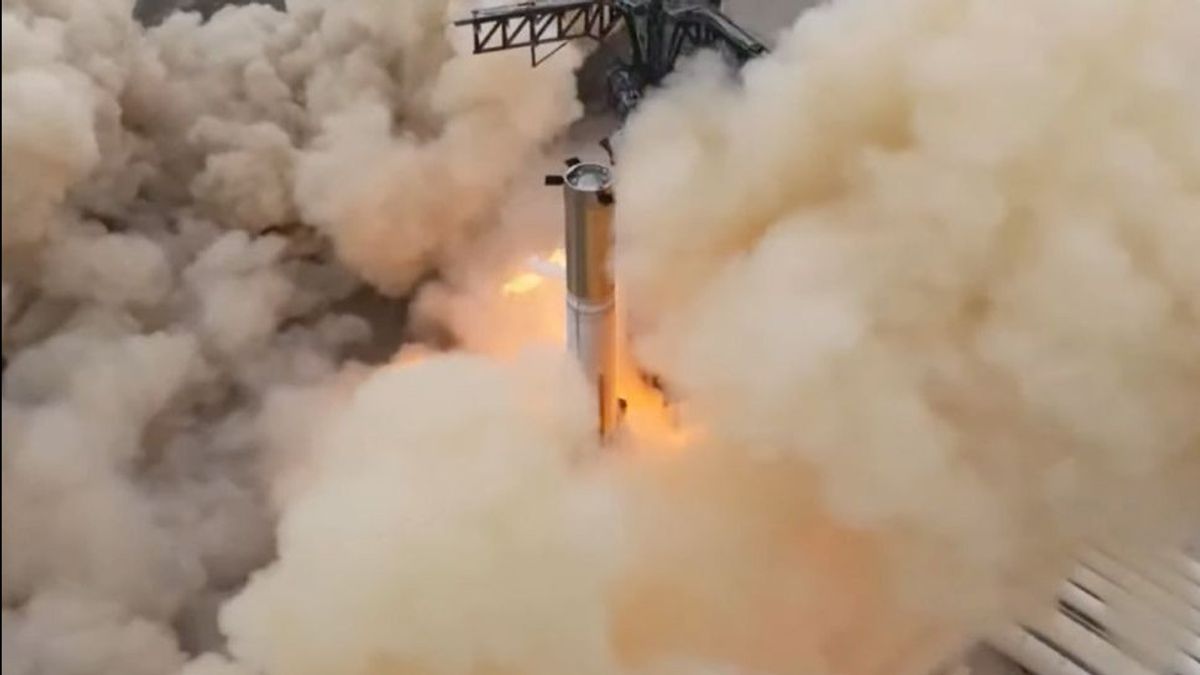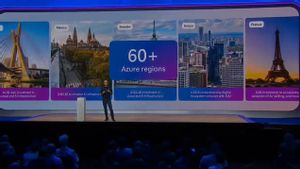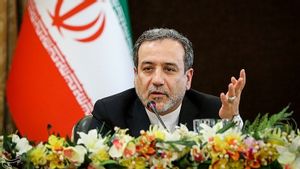JAKARTA - SpaceX yesterday reportedly tested 31 of the 33 rocket boosters from its Starship prototype, Super Heavy Booster 7 as the company prepares to launch rockets into orbit for the first time, which could take place as early as next month.
Called static fire, this milestone test was the last major hurdle before SpaceX tried to launch a rocket nearly 50 meters high into space.
"The team turned off 1 machine just before the start & 1 stopped on its own, so 31 engines started overall. But the engine is still enough to reach orbit!" said company founder and CEO Elon Musk via Twitter right after the test was completed.
The static fire test lasted about seven seconds, the duration that SpaceX had previously predicted. And Starship emerged from a large cloud of dust that was kicked intact.
SpaceX continues to build its first test flight of its Starship rocket, with its launch going to be experimental.
Later, Starship will be designed to carry cargo and people beyond Earth who are critical to NASA's plans to return astronauts to the Moon. SpaceX won a contract of nearly $3 billion equivalent to Rp45.4 trillion from the space agency in 2021.
This stainless steel vehicle consists of two elements, namely Super Heavy Booster 7 and an upper-level spacecraft as high as 50 meters, Starship.
Both Booster 7 and Starship are both designed to be fully reused, and both powered by SpaceX's newest generation Raptor engine, totaling 33 for boosters and six for the top stage.
Launching Space, Friday, February 10, for months, SpaceX has been preparing Booster 7 and a prototype Starship called Ship 24 for orbital flight tests.
The work included a refueling test, which the company carried out on January 23 and a number of pre-launch test static fire where the engine was briefly turned on while the vehicle remained anchored on the ground.
Ship 24 has started its sixth Raptor on Starbase last September, for example, and Booster 7 started 14 of its 33 engines two months later. It was a large first-stage static fire to today's testing, which is preparation for launch into orbit.
During the test mission, Booster 7 and Ship 24 will be the strongest rockets ever to fly, replacing NASA's Space Launch System (SLS) rocket, which debuted on November 16 on a mission to the Moon Artemis 1.
According to Musk, the much-anticipated flight could occur as early as next month, provided today's testing runs as well as seen and the remaining payments run well.
Booster 7 will return to Earth in the Gulf of Mexico as soon as it takes off, if all goes according to test flight plans. Meanwhile, Ship 24 will circle Earth once and then fall in the Pacific Ocean near the island of Kauai in Hawaii
The English, Chinese, Japanese, Arabic, and French versions are automatically generated by the AI. So there may still be inaccuracies in translating, please always see Indonesian as our main language. (system supported by DigitalSiber.id)












